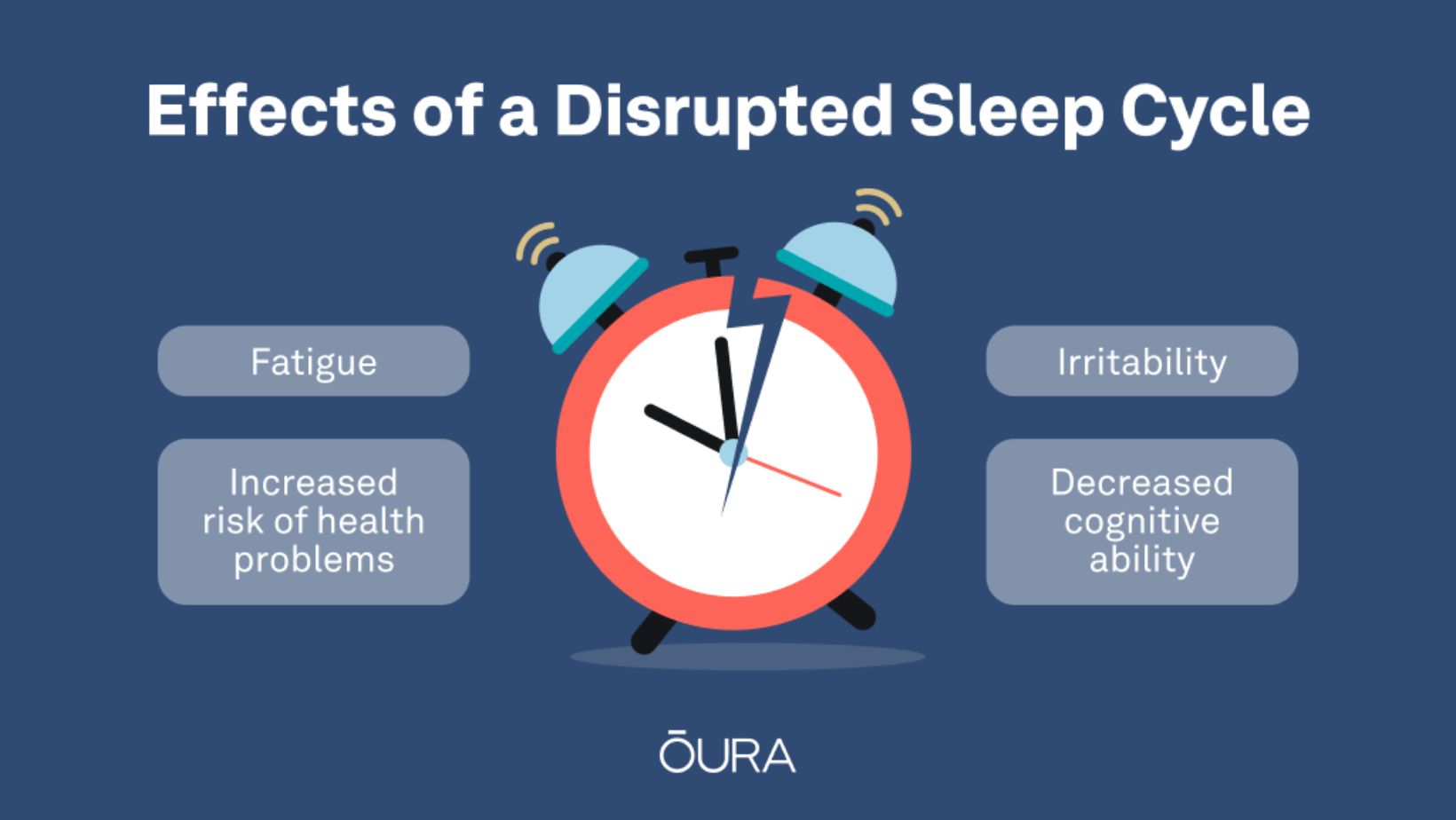
Your health depends on getting enough sleep because it enables your bodies and minds to refuel and regenerate. The posture you select to sleep in, though, is a factor that is frequently ignored. The quality and length of your sleep cycles are significantly influenced by how you arrange yourselves when you sleep.
This article will explore the six sleeping positions to help you get a better night’s rest.
1. Back Sleeping
Supine sleeping, or back sleeping, provides numerous health benefits that are often overlooked. These include maintaining spinal alignment, alleviating tension headaches, reducing chest pressure, relieving sinus congestion, and preventing facial wrinkles and irritation.
Notably, these benefits can positively impact your sleep stages, which, in turn, help regulate your sleep cycle.
2. Side Sleeping
Sleeping on your side, particularly the left side, has numerous benefits. This position promotes healthy blood circulation, as it does not put pressure on major blood vessels. It can also alleviate symptoms of acid reflux and reduce the likelihood of snoring.
Side sleeping is especially beneficial for pregnant women, as it improves circulation to both the mother and the fetus. To optimize comfort in this position, use a supportive pillow that keeps your head, neck, and spine aligned.
3. Fetal Position
The fetal position is when you sleep on your side with your knees raised to your chest. The symptoms of sleep apnea and snoring may be lessened in this position.

Keep your body loose and avoid curling up too tightly to prevent breathing difficulties and pain in the morning.
4. Stomach Sleeping
Stomach sleeping, or sleeping in the prone position, can improve breathing by keeping your oropharyngeal airway open at night. This may alleviate snoring caused by restricted airflow and benefit individuals with obstructive sleep apnea (OSA).
Research suggests that prone sleeping may reduce OSA symptoms, as gravity pulls forward the tissues present at the throat’s rear end, reducing the likelihood of collapse.
5. Semi-Reclined Position
Sleeping with your upper body slightly elevated might be helpful for people with disorders like acid reflux or heartburn. It assists in preventing stomach acid from returning to the esophagus, lessening discomfort when sleeping.
An adjustable bed or a wedge pillow under your upper body will help you get into this position.
6. Free-Style Position
In a freestyle position, you constantly switch sleeping positions throughout the sleep duration. This helps prevent stiffness and relieves pressure points.

But remember, it is essential to maintain alignment of your head, neck, and spine in each posture to avoid pain or strain.
Effects of a Disrupted Sleep Cycle
Our daily life might be significantly impacted by a disturbed sleep cycle. Lack of sleep causes lethargy, persistent exhaustion, and low energy, affecting performance and general health. Sleep deprivation frequently results in irritability, mood swings, and difficulties controlling emotions, which harm relationships and quality of life.
Additionally, disturbed sleep patterns are linked to a higher risk of health issues and decreased cognitive ability.
Conclusion
Your preferred sleeping position significantly impacts the consistency and length of your sleep cycles. Each sleeping position provides benefits depending on personal preferences and health considerations, whether you like sleeping on your back, side, stomach, or semi-reclined.
Basic sleep hygiene practices, such as maintaining a regular sleep schedule and having a comfortable resting environment, are necessary to improve these positions.























